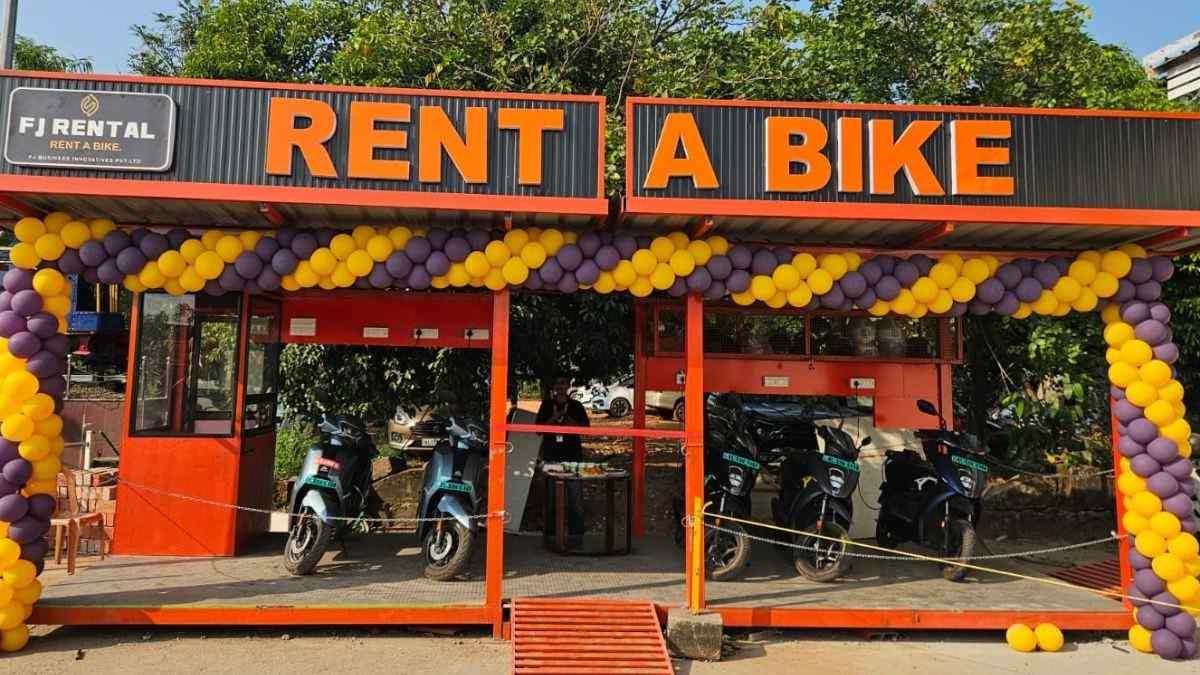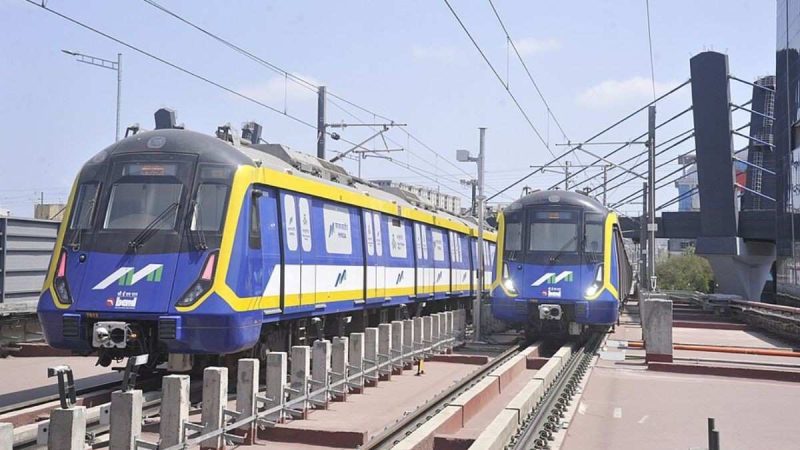Mumbai is known for its public transport network. The city’s well-connected metro and local train network, which is called the city’s lifeline, proves just that. Now, however, a recent study by the Indian Institute of Technology (IIT) Bombay has revealed that nearly one-third of Mumbai’s residents live with poor access to the city’s public transport, which has come as a surprising fact to many. Keep reading to know more about this.
Mumbai Public Transport Still Out Of Reach For Many
Mumbai is crowded, and we all know that. The overcrowding on trains and metros during rush hour is a sight we’ve either experienced ourselves or seen online. The city is well-connected and has great public transport, there is no doubt about that. But a recent study by IIT Bombay has revealed some surprising facts. Despite having a strong transportation system, nearly one in three Mumbaikars live in areas with poor access to public transport.
This equals around 3.95 million people or 31.8% of the city’s population. According to Hindustan Times, this analysis was done by the civil engineering department of IIT Bombay. The study was conducted by Gopal R Patil, professor at IIT Bombay, Dr Rakhi Manohar Mepprambath, senior scientist at A*STAR Institute of High Performance Computing, Singapore, and IIT Bombay research scholar Manish Yadav. The study mapped how well residents in Mumbai reach buses, metro stations, and suburban trains across the city.
Also Read: Mumbai Got ‘Goosebumps’ As Travis Scott’s Sicko Mode Lit Up The City In His Final India Show
High Transit Gaps In The City
The study revealed that 6.5 million people (52.2%) live in high transit gap zones. Here, the demand for public transport far more than the services available. Another 1.7 million people (13.6%) live in ‘transit deserts’. Here, the demand is high, but access to public transport is limited. The worst-hit situation was for slum residents. The study showed that 31.4% of the non-slum population in Mumbai has good transport access. For slum residents, the number drops to 17.3%. Overall, 31.8% of the city’s population falls below what these researchers call a “good” level of transit accessibility.
The researchers also assessed Public Transport Accessibility Levels (PTAL), transit gaps, and the Social Vulnerability Index (SVI). PTAL measures how well areas are connected to public transport based on proximity to stops, service frequency, and reliability. Transit gaps show the mismatch between supply and demand. SVI reflects socio-economic challenges faced by different population groups in the city.
Who Suffers The Most?
According to Hindustan Times, the study revealed that 32.5% of highly vulnerable people (slum residents or low-income families) live in areas with both low PTAL and high transit gaps. It means the people who actually need public transport have the least access to it. Regions like M East (Govandi), P North (Malad), S (Bhandup), and T (Mulund) consistently record poor PTAL scores. On the other hand, southern and western Mumbai, home to rich neighbourhoods, has well-connected bus, metro and rail networks.
But what could be the solution for this? Reportedly, the researchers believe that adding more routes and stations alone cannot fix the problem. They recommend targeted interventions for neighbourhoods that rank low in both PTAL and SVI. This includes improving last-mile connectivity, increasing service frequency in these areas, and better coordination between the Brihanmumbai Municipal Corporation(BMC) and the Mumbai Metropolitan Region Development Authority (MMRDA).
Also Read: Mumbai Metro One Launches 996 Smart Lockers Across 12 Blue Line Stations; Details Inside
This study on Mumbai public transport is certainly eye-opening. What do you think about this? Do share your thoughts with us in the comments.
Cover Image Courtesy: Mumbai Metro, Wikipedia/ Mumbaimetro
For more such snackable content, interesting discoveries and the latest updates on food, travel and experiences in your city, download the Curly Tales App. Download HERE. First Published: November 23, 2025 12:22 PM




